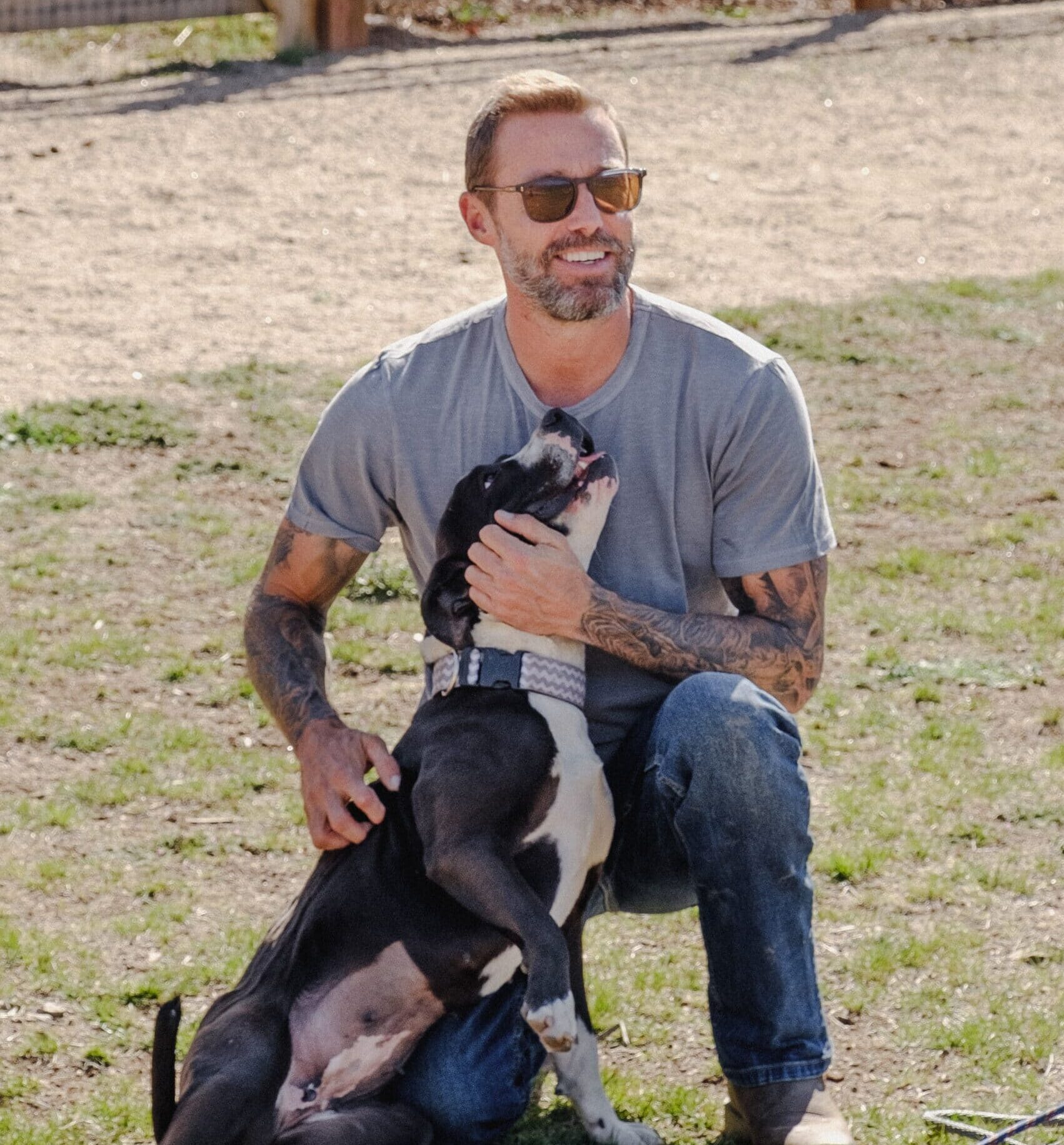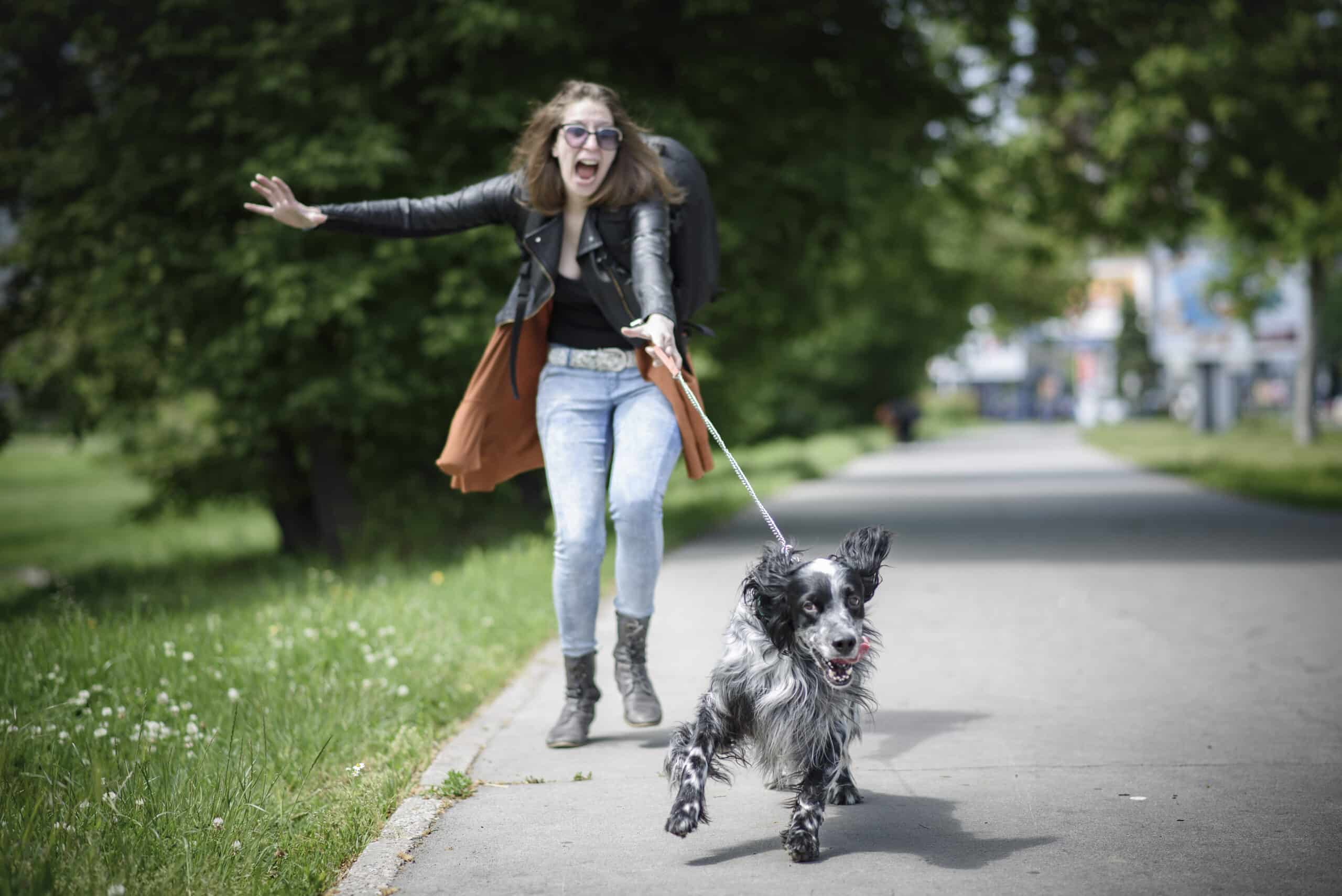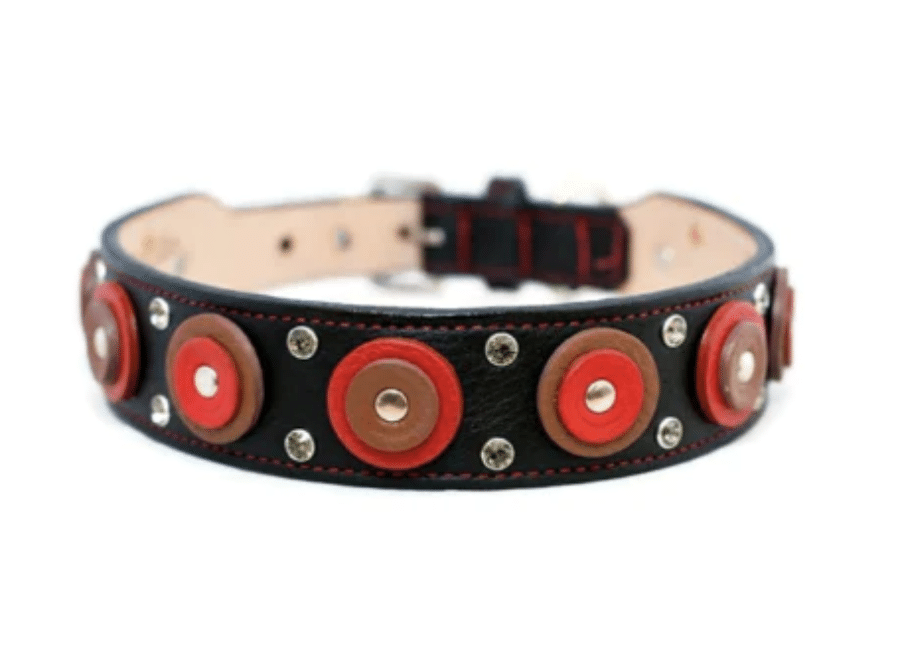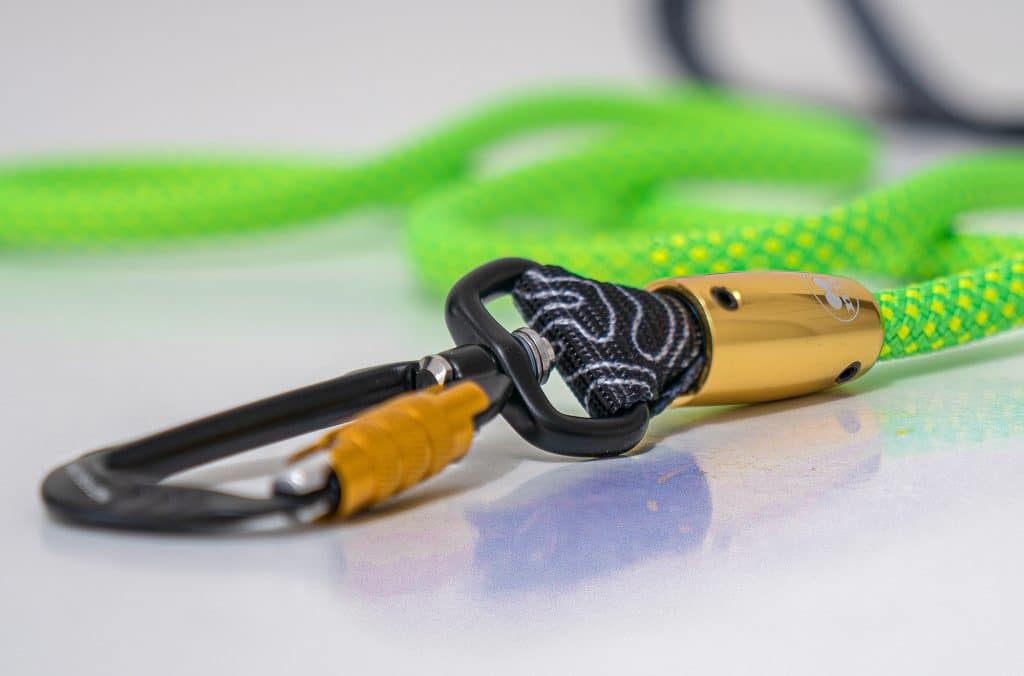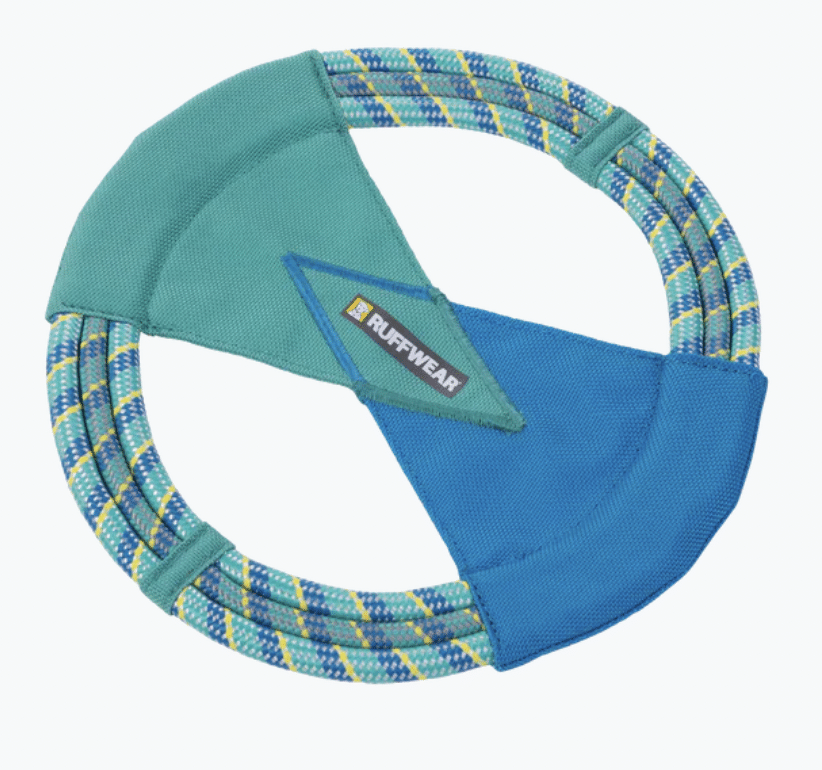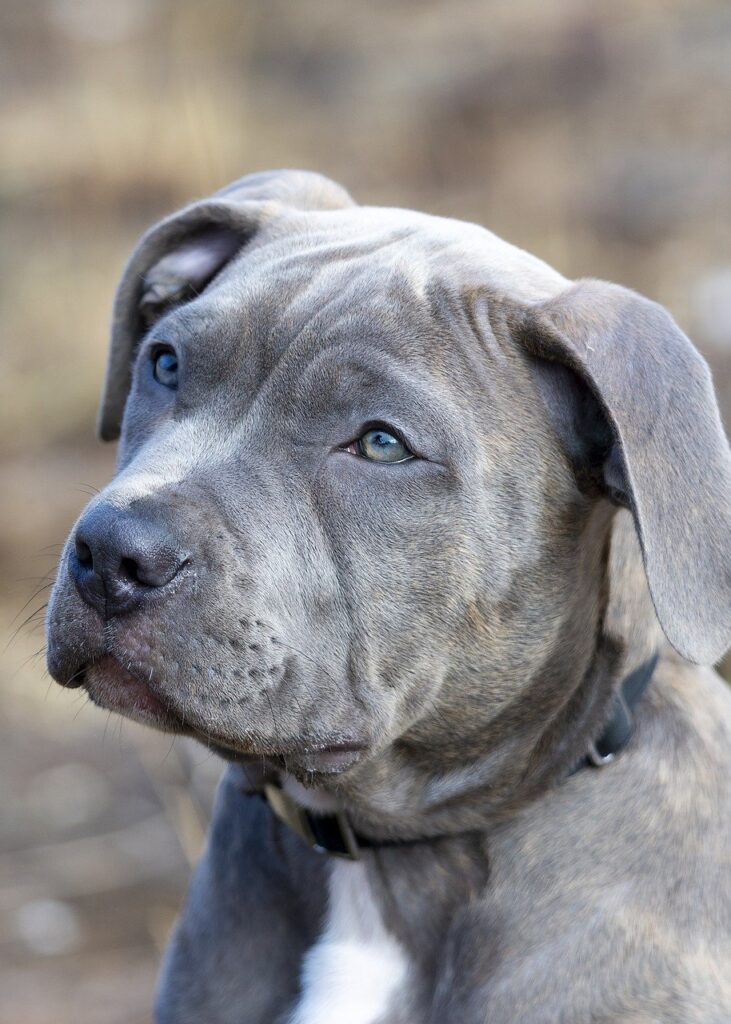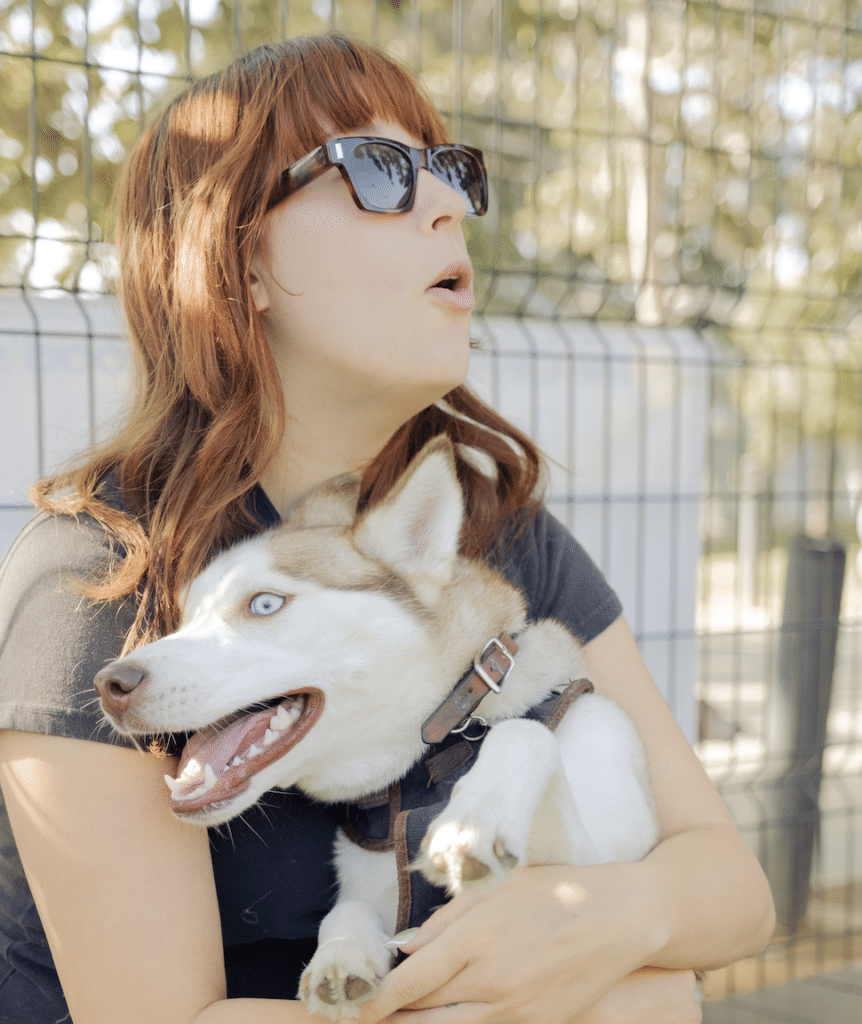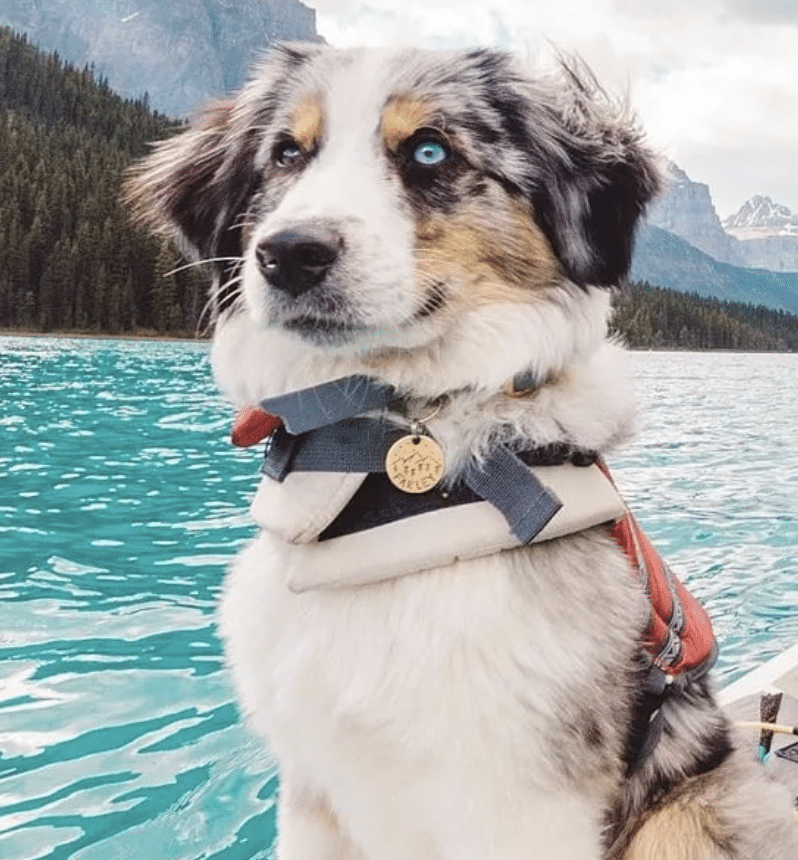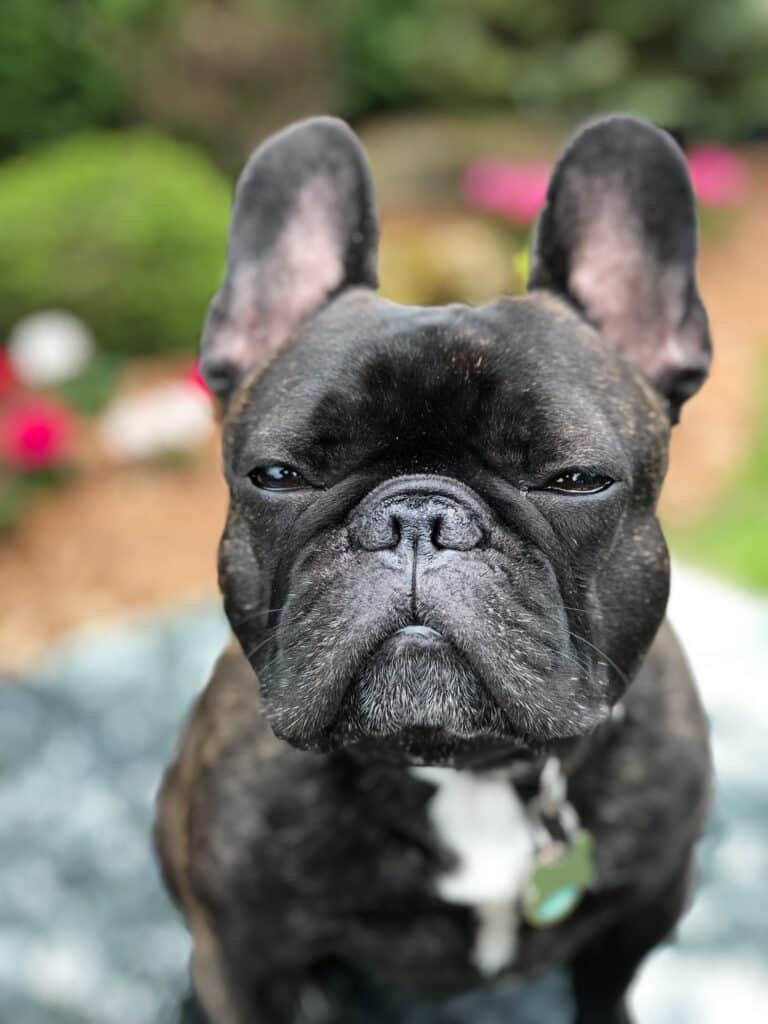Dear Dog,
I’ve had it, I’m sorry to say it out loud but I really have. Are you listening to me? I can never tell, you are always so distracted. Could you try to focus here, this is important. I can’t stand taking you out for walks, it’s just too much. If we see a squirrel, or a rabbit, or a cat, you pull like mad, last week you pulled me to the ground, it really hurt. When we see dogs, which we see every time we leave the house, you bark non-stop unless I let you go and see them or they go so far away that we can’t see them. Also, I hate to crush your little doggy ego, but not everyone on the sidewalk is there to pet you. It’s gotten out of control. I have to put you in the other room if anyone comes over, it’s affecting every aspect of our life. We need to get you the help that you need or we may need to look at all our options.
Love,
Human
Dear Human,
Look, let’s not be hasty here, I understand your frust– what was that, sorry what was I saying, thought I heard something outsid– nope, it’s just the wind. Anyway, yes I’d love to go to the park today, wait, what were we talking about? Anyway, oh I wanted to ask you about when people come over, why do you keep locking me up in the bedroom, did you not hear me barking? I was trapped for like an hour or maybe eight hours, I have no idea, I’m not great at telling time. So, we need to go out today for real, it’s been way too long;, I’m sure the neighbors are missing me terribly, and the squirrels are getting really cocky; I hear their chatter through the window. Look, I need some help, you guys are great, but I feel like you’re not really meeting my needs. I gotta be me!
Love,
Dog
_________________________________________________________________________
My name is Drew Webster, and I’m a dog trainer. More specifically, I work as a behavior consultant in a lot of different roles, but primarily I’m a dog trainer, and I’m on a mission. I want to help those people who love dogs understand them better while simultaneously helping dogs be more successful in their [domesticated] environment. I am also a member of the growing community of trainers working towards a paradigm shift in the way we think about dogs, and dog behavior in general. Our ultimate goal is to have a positive impact on training practices, techniques, and outcomes.
Case File:: Dizzy the Distracted Dog
Dizzy is a bouncy, adolescent Goldendoodle who lives near what I refer to as a “dog mecca”. There is a neighborhood called Washington Park, more aptly known as Wash Park in the heart of Denver, Colorado, and it’s fabulous whether you are a dog or human. It has two pristine lakes, multiple playgrounds, and big open fields. It’s home to tons of creatures like bunnies and all kinds of birds; there is a beautiful stream running through the park where children and dogs hop in and play to cool off; it’s shaded by old growth trees and a smooth walking path incircles the outside of the three-mile loop around the edge of the park. It is thee spot to take your dog if you live in Denver.
Sounds great right? Dizzy lives only three blocks from this beautiful park, but guess what? They began to avoid the park at all costs. Over her eleven months, Dizzy became so over-sensitized to every aspect and element of the park, and her outward behavior had caused so much disruption, that her people could no longer enjoy living near this coveted neighborhood oasis.

Photo: Soy Sendra on Shutterstock
Everything in the letter above from Human to Dog is true. Dizzy pulls the leash, especially when she sees prey animals. She will do anything and everything she can to try to meet dogs, from barking and standing on her back legs to laying down and anchoring herself if they are walking behind her so her human won’t walk away from the dog. They were literally at the end of their leash with this super outgoing pup.
When we met I asked them to take a long break from the park and to stop going to doggy daycare and dog parks. I knew that simply going out the front door was a cue for Dizzy to get excited. She did well going through the backdoor to the garage, so we started having them drive to meet me in a neutral environment. This meant driving in a car for about 10-15 minutes to meet me in church parking lots on weekdays and school parking lots on weekends. Why? Because they are empty, and there are fewer distractions in the form of odor and small animals to contend with. Training Dizzy meant focusing on developing a connection with her while outdoors, rewarding her for checking-in with them and paying attention while we taught her to walk on a loose leash.
In the meantime, at home I had them play all kinds of games that help build “impulse control.” There are plenty of these to search for online, such as it’s yer choice, the elevator game, relaxation protocols, and stationing games. The point is, Dizzy learns just like she did when she was — what I call — self-taught: that her behavior will determine the outcomes in her environment. For example, when Dizzy lays down, rather than pawing and licking her person’s closed hand which holds the food, they open their hand and feed her. When she waits at the doorway to go into the backyard, she gets released faster. When she sits, people say hi to her rather than her jumping and pulling. These functional rewards not only teach her to acquire some self-control but to also stop and think if she wants something. It may sound silly, but we effectively taught her “sit to say please” instead of pulling with all her strength among other more undesirable behaviors.
So much of what was driving her people crazy grew out of behaviors that they found enchanting when she was a puppy. As a fifteen pound ball of fur, Diizzy was the star of the neighborhood. When she pulled with great strength to greet dogs and people, they would smile and say, “She loves everyone and everything.” Well, it worked: Dizzy’s behavior was reinforced for months during the critical learning stages of development, and as this reinforcement continued, Dizzy learned that the behavior was acceptable.
We tend to let a lot slide when dogs are young because, well, they’re so adorable, and who could say no to that face? But DOGS DO WHAT WORKS, so rewarded behavior becomes repeated behavior.
It took some time before we could go back to Wash Park. After Dizzy had some skills around the house and her leash walking improved somewhat at the parking lot locations, we visited some neutral parks that we knew would have fewer distractions. Then, as Fall transitioned to Winter,, we would go to Wash Park at “low volume” times of day: early in the morning, later at night, and any inclement weather days. We would drive there to avoid triggering her over-arousal response. We would work for ten to twenty minutes at first, ending on a positive note. Eventually, we would drive there together, and they would walk home.
So, how did we achieve success?
For two months, we stopped the park visits entirely. When we did return to the park, we did so by first driving. Then driving there and walking back, and ultimately walking to and from the park. It was a slow, gradual process, essentially reintroducing Dizzy to the park and changing her experience. A second key to our success was reducing the frequency of her going to doggy daycare. When I met Dizzy, she was engaging in wrestle-play with dogs about six days per week. This is way too much! She needed to understand that she wasn’t allowed to interact with every dog she saw at the park. She was taught to greet other dogs on cue by introducing a pattern of behavior: First, she has to sit. Second, if her people say, “OK, Go Say Hi,” she gets to sniff and say hello; otherwise she is rewarded for walking “on by” while we pass the majority of the dogs on her walks.
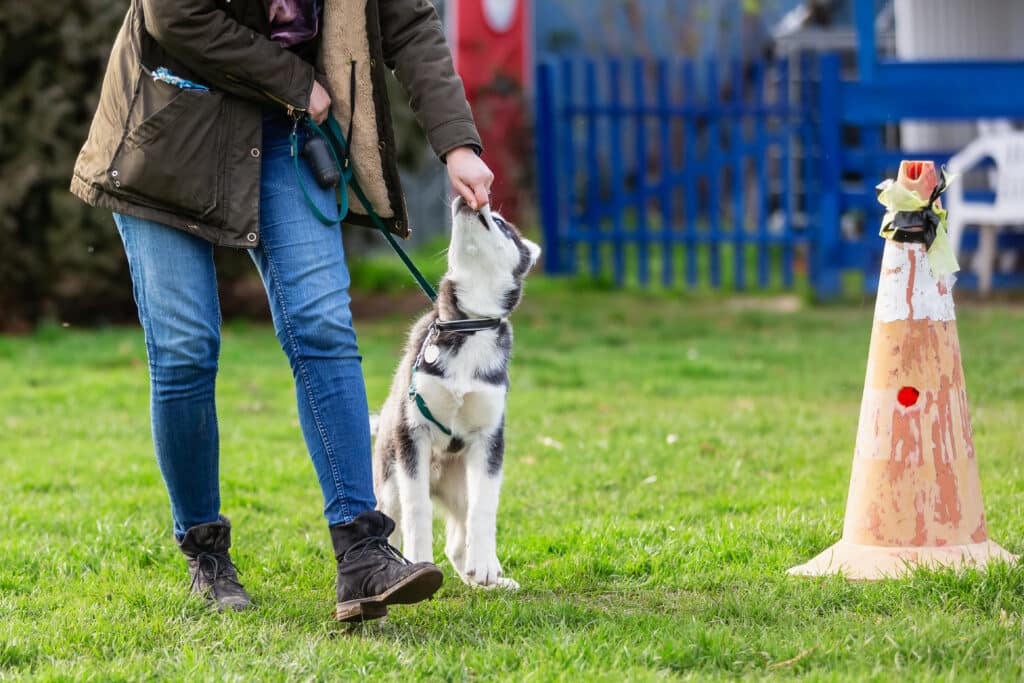
Photo: Christian Mueller on Shutterstock
I’m happy to say they are doing well. Dizzy can come and greet people who come over. Then she is asked to lay on her mat after some petting. If she wants attention, she knows how to ask for it politely. They are making tremendous progress because they made training a practice. It’s part of their daily routines, and they all enjoy it. They are building desirable behaviors and choosing when behaviors get the outcomes she so desires. Dizzy is thriving and her people no longer feel like their heads are spinning as well.
If you are struggling with your dog’s behavior, ask for help because there is always hope! Combining a conscious, focused effort with the right training approach, big changes are possible.
subscription
LOVE, DOG
